Learn how to build greater trust in your organization. Contact us today for more information. Stephanie@CarrollConsultingGroup.com. Based on the research of Brené Brown and Dare to Lead™
How trustworthy do you feel you are on a scale of 1-10 (1= not trustworthy 10 = I’m extremely trustworthy!)? If your anything like my workshop participants who answer this question, you confidently gave yourself a 10+. I gave myself a 10 too. We believe we are trustworthy.
But what about the trustworthy score we give to others? I consistently see a drop in the scores I get back on this question. Often, we see 5’s, 4’s, 3’s or worse. Why is it that we believe we are a 10 on the trustworthiness scale but others may see us as 5’s, 4s or less? For one thing, the word trust can be evasive. What does the word mean exactly? How do I know when I feel it? Trust can mean one thing to me and something different to you which makes getting on the same page tricky.
We think about trust at work almost daily. Will they deliver what they said? Can I count on them? Will they have my back? But we typically avoid talking about it at all costs. I get it. It can be a tough topic to address. Emotions can get triggered if you call someone untrustworthy or they say they don’t trust you. So, instead of facing potential hazards we create workarounds and avoid the person and the topic. Unfortunately, this eats away at our productivity, job satisfaction, engagement and more.
Thankfully, there’s a better way. I’ve been using the research-backed BRAVING 7 Elements of Trust by Brené Brown successfully with my clients in our Dare To Lead™ courage-building program. The acronym BRAVING represents each of the elements needed to build trust: Boundaries, Reliability, Accountability, Vault, Integrity, Non-Judgment, Generosity. The tool helps us to understand what specific behaviors lead to trust and provides a guide for two-way conversations.
Here’s how to use it. Think of a colleague you’d like to improve trust with. On your own, review each of the BRAVING elements and consider which ones are strong in the relationship and which ones can be improved. Ask your colleague if they would be open to a conversation about ways to improve your working relationship. Mention you have a tool that may help and share a copy of the BRAVING elements (without your rating). Ask them to privately consider and rate each element in terms of your working relationship. Tell them you will do the same. Schedule time in a quiet location without distractions to share and discuss your individual ratings with each other. Then together pick 1-2 pivotal areas and brainstorm ways to increase the score. Make commitments to each other and capture those in writing. Schedule check-ups every 2-3 weeks to assess progress. Once trust has been increased in the identified areas, move on to the next 1-2 to work on together.
For more details about the BRAVING behaviors download this FREE cheat sheet. No sign-up needed. Just follow this link https://lnkd.in/desXvkY
#daretolead #brenebrown #leadership


